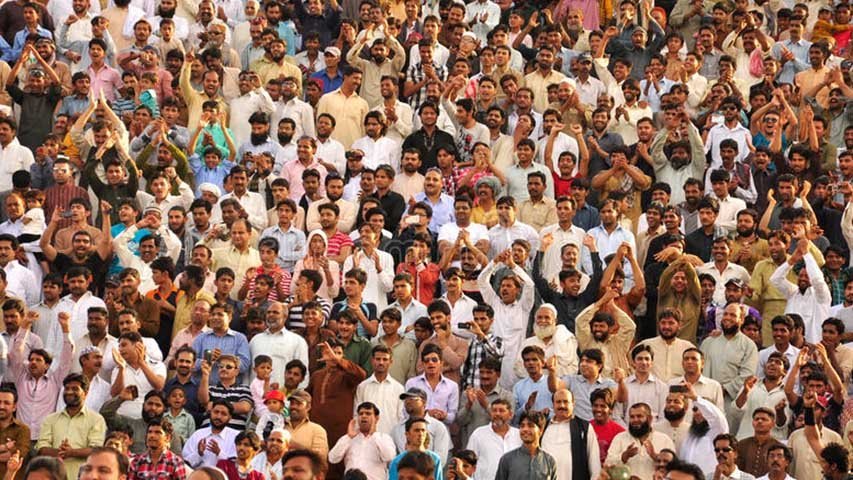
The Tenacious Problem of Surplus Men in India and China
by Yash Saboo April 24 2018, 5:17 pm Estimated Reading Time: 2 mins, 40 secsA combination of cultural preferences, government decree and modern medical technology in the world’s two largest countries has created a gender imbalance on a continental scale. Men outnumber women by 70 million in China and India. It's a huge figure and something like this has never happened before.
According to The Washington Post, there are 34 million more men than women among China’s 1.4 billion residents. In India, the discrepancy is more than 37 million. And in both countries, there are 50 million excess males under age 20.

Source : dreamslime
At face value alone, the gender imbalance seems to leave many heterosexual men without women for partnering and procreation, but the cause and effects of the inequity is more complex.
In China, the gender inequity is the result of the country’s deeply-rooted cultural preferences for male children and the social engineering from the Communist regime of the mid-20th century. China’s one-child policy was enacted in 1979 in response to overpopulation and famine that killed 15 to 30 million people between 1959 to 1961. Yet the state-enforced family planning campaign lead to an unexpected consequence: Some families committed infanticide if they produced a female child rather than a male. While the one-child policy was retired in 2016, its effects continue to reverberate throughout the country today.
The situation is similar in India. India shares China’s cultural preference for male children and heirs, but The Post cites another cause: “The advent of sex-selective technology in the last 30 years, which is now banned but still in widespread practice.”
Both countries are now home to a staggering gender imbalance among their populations. The effects are likely to worsen as the citizens most affected by the discrepancy reaches child-bearing ages themselves. This will have a grave effect on love and companionship. In simple language, sexual frustration.
The effects of the sexually frustrated male populations have led to increased incidents of both sexual assault and human trafficking in the past and continue to do so in the present scenario. In Haryana, crimes against women have risen 127 percent in the last decade. Young men in Haryana say that they have no good job opportunities and little entertainment — save for a nightly game of cricket, soccer or kabaddi, the Indian contact sport. Out of boredom and frustration, many take to harassing young women. Egged on by Bollywood films in which a hero breaks down a woman’s reluctance, the men chase the girls.
The Indian government has tried to ban sex-selective diagnostic testing, but the practice remains widespread. Many families believe it is better to abort their unborn girls because it will be hard to protect them from sexual violence later in life, and parents will have to pay pricey dowries when the girls are married.
Other issues stem from the disparity, such as increased instances of male depression, especially in small towns, where the populations of which are dwindling due to the gender imbalance.
Cultural family structures in the countries often dictate that unmarried men continue to live at home, creating crowded multi-generational homes that keep the elderly at work later in their lives.
This will remain adamant until the gender disparity is restored.





-173X130.jpg)
-173X130.jpg)
-173X130.jpg)
-173X130.jpg)
-173X130.jpg)
-173X130.jpg)
-173X130.jpg)